Spring heralds a vibrant transformation in nature, and nowhere is this more evident than in the explosion of fresh, tender vegetables that grace farmers’ markets and grocery aisles. After months of hearty root crops and stored produce, the arrival of spring vegetables marks a culinary renewal, offering crisp textures, delicate flavors, and a wealth of nutrients. This article explores the most beloved spring vegetables, their origins, nutritional benefits, and creative ways to incorporate them into meals that celebrate the season’s freshness.
The Essence of Spring Vegetables
Spring vegetables are defined by their ability to thrive in cooler, moist conditions as temperatures rise. Unlike their winter counterparts, which often prioritize durability, spring varieties emphasize tenderness and brightness. From the first tender shoots of asparagus to the plump pods of peas, these vegetables embody the season’s spirit of rebirth.
Culturally, spring vegetables have long been associated with renewal and health. Ancient civilizations relied on seasonal produce to replenish nutrients after winter, and modern science confirms their role in boosting immunity, aiding digestion, and providing essential vitamins. Today, chefs and home cooks alike embrace spring vegetables for their versatility, whether in light salads, hearty stews, or elegant side dishes.
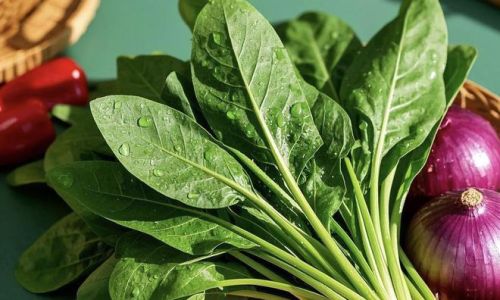
Asparagus: The Harbinger of Spring
Asparagus is often considered the quintessential spring vegetable, with its spears emerging as one of the first crops of the season. Native to Europe, North Africa, and Western Asia, this member of the lily family has been cultivated for over 2,000 years. Today, it is prized for its grassy, slightly bitter flavor and satisfying crunch.
Nutritional Profile:
Rich in folate, vitamins A, C, and K, asparagus also boasts antioxidants like glutathione, which supports cellular health. Its high fiber content aids digestion, while its diuretic properties make it a natural detoxifier.
Culinary Uses:
- Roasting: Toss spears with olive oil, garlic, and lemon zest, then roast until tender and caramelized.
- Grilling: Char spears over high heat for a smoky flavor, then serve with a poached egg and hollandaise sauce.
- Soups: Purée cooked asparagus with vegetable broth and cream for a velvety spring soup.
Selection Tips: Choose firm, bright green spears with tightly closed tips. Thinner stalks are more tender, while thicker ones are ideal for roasting.
Peas: Sweet Gems from the Pod
Peas, including garden peas, snow peas, and sugar snap peas, are cool-season legumes that thrive in spring’s moderate temperatures. Their history dates back to ancient Egypt and the Mediterranean, where they were revered for their sweet flavor and nutritional value.
Nutritional Profile:
Peas are packed with plant-based protein, fiber, and micronutrients like iron, magnesium, and vitamins B1 and K. Their low glycemic index makes them suitable for diabetic diets.
Culinary Uses:
- Sautés: Stir-fry sugar snap peas with sesame oil, garlic, and soy sauce for an Asian-inspired side.
- Salads: Blanch garden peas and toss with mint, feta, and lemon juice for a refreshing salad.
- Risottos: Fold fresh peas into arborio rice with Parmesan and white wine for a creamy dish.
Selection Tips: Look for plump, bright green pods. Avoid those with yellowing or shriveled skin.
Artichokes: A Thistle Worth the Effort
Artichokes, native to the Mediterranean, are the flowering buds of a thistle plant. Their edible portion—the fleshy base of the leaves and the heart—requires patience to prepare but rewards with a nutty, slightly sweet flavor.
Nutritional Profile:
High in fiber, vitamins C and K, and antioxidants like quercetin, artichokes support liver health and reduce inflammation.
Culinary Uses:
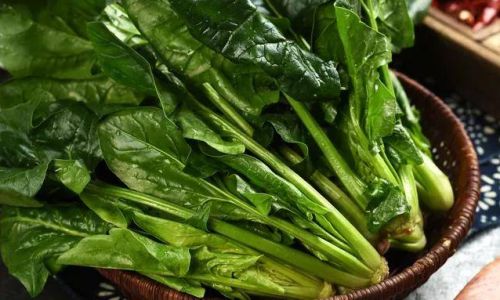
- Steaming: Trim and steam whole artichokes, then serve with melted butter or aioli.
- Stuffed: Remove the choke and stuff with breadcrumbs, herbs, and Parmesan before baking.
- Dips: Purée cooked artichoke hearts with garlic, lemon, and mayonnaise for a creamy dip.
Selection Tips: Choose heavy, tight-leafed artichokes with a vibrant green hue. Avoid those with dry or split leaves.
Spinach: Popeye’s Powerhouse
Spinach, a leafy green native to Persia, gained global fame for its iron content and versatility. Though available year-round, its peak season is spring, when leaves are tender and mild.
Nutritional Profile:
Loaded with iron, calcium, vitamins A and C, and folate, spinach strengthens bones, boosts immunity, and promotes eye health.
Culinary Uses:
- Sautés: Wilt spinach with garlic and red pepper flakes, then toss with pasta.
- Smoothies: Blend fresh spinach with banana, almond milk, and honey for a green breakfast drink.
- Quiches: Layer spinach with Gruyère and eggs in a buttery crust for a brunch classic.
Selection Tips: Opt for crisp, dark green leaves. Avoid wilted or slimy bunches.
Radishes: Peppery Pops of Color
Radishes, with their crisp texture and spicy kick, are a staple in spring gardens. Varieties like French Breakfast, Cherry Belle, and Daikon offer a spectrum of colors and flavors.
Nutritional Profile:
Low in calories but high in vitamin C, fiber, and potassium, radishes aid digestion and hydration.
Culinary Uses:
- Salads: Slice radishes thinly and toss with cucumber, feta, and dill.
- Pickles: Ferment radishes in vinegar, sugar, and spices for a tangy condiment.
- Butters: Mash radishes with softened butter and herbs for a bread topper.
Selection Tips: Choose firm, smooth radishes with vibrant colors. Avoid those with soft spots.
Fava Beans: Buttery Legumes of the Mediterranean
Fava beans, also known as broad beans, are creamy, starchy legumes enjoyed across the Mediterranean and Middle East. Their labor-intensive shelling process is offset by their buttery flavor and meaty texture.
Nutritional Profile:
Rich in folate, manganese, and protein, fava beans support heart health and energy production.
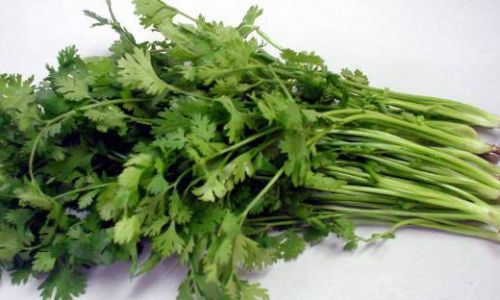
Culinary Uses:
- Mashes: Boil and mash fava beans with olive oil, lemon, and garlic for a dip.
- Pastas: Toss shelled beans with spaghetti, pecorino, and black pepper.
- Salads: Blanch fava beans and mix with ricotta salata and mint.
Selection Tips: Look for plump pods. Smaller beans are tender; larger ones may require longer cooking.
Morel Mushrooms: Earthy Treasures
Morels, prized by foragers and chefs alike, are wild mushrooms with a honeycomb-like cap and rich, smoky flavor. Their short season in spring makes them a coveted ingredient.
Nutritional Profile:
Low in calories but high in vitamin D, iron, and antioxidants, morels boost immunity and bone health.
Culinary Uses:
- Sautés: Cook morels in butter with shallots and thyme, then serve over steak.
- Soups: Simmer morels in cream for a luxurious soup base.
- Risottos: Fold sautéed morels into risotto with Parmesan and white wine.
Selection Tips: Purchase from reputable sources to avoid toxic look-alikes. Clean gently with a brush.
Spring Onions: Mild and Versatile
Spring onions, or scallions, are young onions harvested before the bulb matures. Their mild, grassy flavor bridges the gap between garlic and sweet onions.
Nutritional Profile:
High in vitamins A and K, spring onions also contain allicin, a compound with antimicrobial properties.
Culinary Uses:
- Garnishes: Chop green tops and sprinkle over soups or tacos.
- Stir-Fries: Sauté white bulbs with ginger and soy sauce for an aromatic base.
- Salads: Marinate sliced spring onions in vinegar and sugar for a pickled topping.
Selection Tips: Choose firm stalks with bright green leaves. Avoid those with wilted tops.
Carrots: Reborn in Spring
While carrots are available year-round, spring varieties are sweeter and more tender. Heirloom types like Purple Haze and Atomic Red offer visual and culinary excitement.
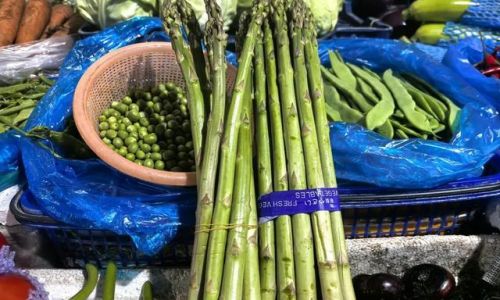
Nutritional Profile:
Packed with beta-carotene, fiber, and vitamin K1, carrots support eye health and skin vitality.
Culinary Uses:
- Roasting: Toss carrots with honey, cumin, and olive oil, then roast until caramelized.
- Slaws: Shred carrots with cabbage and cilantro, then dress with lime and chili.
- Juices: Blend carrots with apple and ginger for a refreshing drink.
Selection Tips: Opt for firm, smooth carrots with vibrant color. Avoid those with cracks or soft spots.
Herbs: Fragrant Finishers
Spring herbs like chives, mint, and tarragon elevate dishes with their aromatic profiles.
- Chives: Snip into omelets or potato salads.
- Mint: Pair with peas or lamb for a fresh contrast.
- Tarragon: Infuse into béarnaise sauce or chicken dishes.
Preserving Spring’s Flavors
To enjoy spring vegetables beyond the season, try:
- Freezing: Blanch peas, asparagus, or fava beans and store in airtight bags.
- Pickling: Ferment radishes or carrots in vinegar brine.
- Drying: Dehydrate herbs like mint or chives for year-round use.
The Environmental Impact of Seasonal Eating
Choosing spring vegetables supports local agriculture and reduces carbon footprints. Seasonal produce requires less energy to grow and transport, promoting sustainability. Additionally, supporting small farms helps preserve biodiversity and traditional farming practices.
Conclusion
Spring vegetables offer a kaleidoscope of flavors, textures, and health benefits. From the delicate sweetness of peas to the earthy depth of morels, these ingredients invite creativity in the kitchen. By embracing seasonal produce, we honor nature’s rhythm while nourishing our bodies and souls. As you explore farmers’ markets and garden patches this spring, let the bounty of these vegetables inspire meals that celebrate renewal, vitality, and the simple joy of eating in harmony with the seasons.
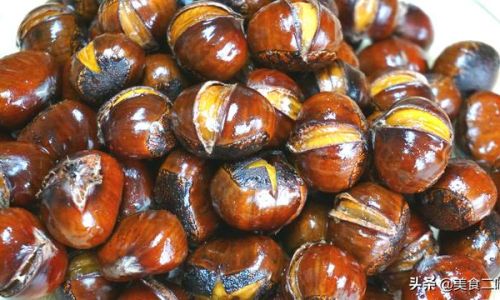
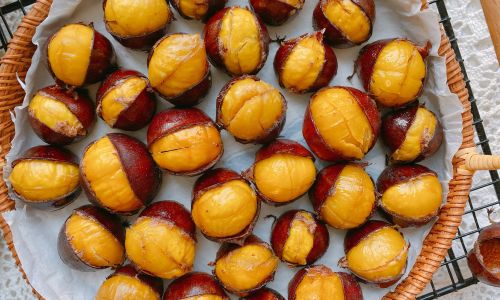




0 comments